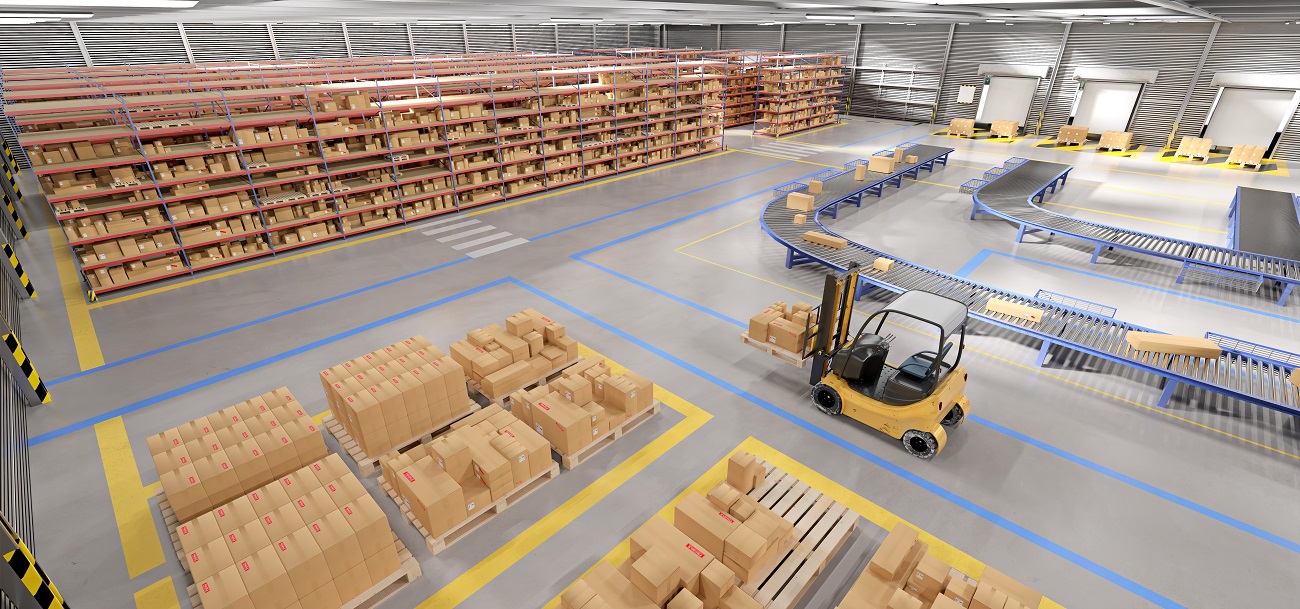Why does your business need supply chain analytics?
Supply chain can prove to be one of the biggest assets a company has, as businesses spend a large amount of cash on inventories, raw materials as well as finished goods. But it is time to reiterate how businesses can make the supply chain process more productive and efficient. The answer is Supply Chain Analytics.
It provides businesses important insights, not just from a financial view but also increasing inventory and freeing up cash, which is why investing in it is absolutely crucial nowadays due to its long-term payback and its importance in every aspect of business.

Advantages of supply chain analytics
Helps in increasing sales: As previously mentioned, businesses spend a lot of money on raw materials, inventories & finished goods and this is for one sole reason- manufacturing/producing products customers actually want to buy. But the bigger question is, is it the right one? Supply chain analytics can assist in identifying slow moving or unnecessary stock, where there has been a mistake in forecasts or estimates.
Analytics in supply chain can also help provide more insights on how the supply chain network should be designed so all the inventory can be used to meet the needs of the customers without having to increase any stock levels.
Simply put, decisions about where and how an inventory is held has a huge impact on sales.

Improve standards: An ERP system includes rules and policies of standards but that’s not enough to increase supply chain performance. The major reason being, suppliers that perform poorly can also have a huge impact on, on-time delivery, customer service and holding of inventory. Aggregated data like this is not something that is a strong suit of ERP’s, making supply chain analytics as important as ever, as it has the ability to take raw data from ERP’s and transform it into performance metrics that help increase standards of the way supply chain is carried out by companies.
Faster movement of materials: When the supply chain moves quickly, it opens up new doors for freeing up cash and reducing inventory levels. But manual methods cannot make this happen. This is where supply chain analytics comes in handy, as it helps businesses deal with factors such as inconsistencies in demand, rules and policies of order size and stock-keeping. The better the knowledge of such factors, the better the decisions and the faster the work.
Abundance of data: When you take into account all the reasons mentioned above, it becomes easier to understand the level of data supply chain analytics can provide and its importance in business operations. With so much data available digitally, businesses that take advantage of supply chain analytics can ensure successful delivery of inventory (products), leading to world-class customer service.
The role of customer analytics services in supply chain
Customer service should be at the heart of the supply chain, as the only way it can be successful is if businesses are producing products that customers actually want to purchase.
By analysing customer data, businesses can understand as well as predict any future demand, helping them make important decisions such as what products need to be minimized when they become unprofitable, or when they need to increase inventory for customer needs (demands).
According to consultancy news 60% of UK companies plan to more than double their investment in analytics.

Customer insights and analytics services enable businesses to drive wider customer acquisition strategy to reduce churn and develop a deeper customer satisfaction level.
Conclusion:
With constant pricing changes, global operating systems and continuously increasing expectations of customers, there has been pressure on supply chain operations to perform faster and more efficiently. This impels businesses to abandon the traditional supply chain systems and transition to techniques such as supply chain analytics and customer analytics to adapt to dynamic conditions in the market and growing demands of customers.









